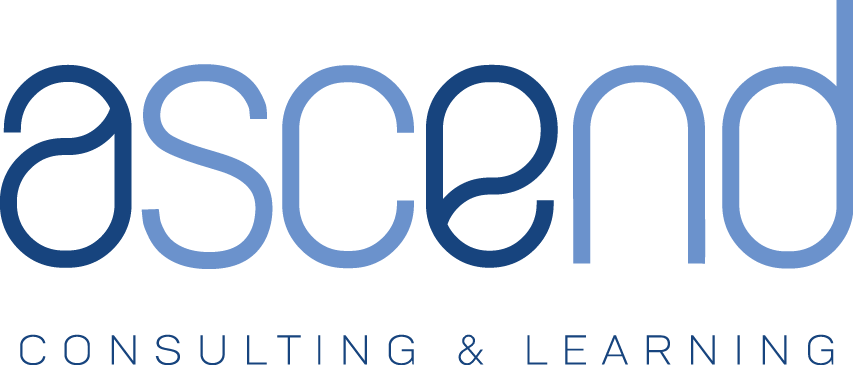There are many different approaches to and views of strategy that have been developed since the field of strategic management began to develop nearly a half a century ago. Many of these are great for industries in manufacturing and consumer products – you almost never see case studies for professional services in this body of work though. Some of these views on strategy are more applicable to architecture and engineering (A/E) firms than others. One of the more promising views, in my opinion, is the Resource-Based View (RBV) of strategy outlined in a Harvard Business Review article by Collins and Montgomery, “Competing on Resources”.1
The RBV of strategy is based on the premise that each successful company has a distinct set of internal resources that allow them to establish a competitive advantage within the external environments in which they compete. This competitive advantage allows the firm to perform their services more efficiently or sell their services at a higher rate compared to their competitors. These strategically valuable resources can come in the form of physical or intangible resources or of an organizational capability.
In the world of knowledge work we compete in, physical resources, such as physical assets or locations, won’t likely be the primary source of meaningful differentiation for most A/E firms. Intangible resources, such as knowledge, brand, and reputation, and organizational capabilities, such as the experience and processes of unique problem solving, are more than likely the primary source of differentiation for A/Es. These resources also likely developed over time as opposed to being planned or designed in advance.
So what makes a resource a strategically valuable one?
- The resource must be difficult to copy. The idea of path dependency, where a unique resource develops over time through a series of events that cannot easily be recreated, is an example of this.
- The competitive advantage of the resource must be sustainable. It must have a long shelf life and remain valuable over time.
- The value of the resource must be controlled by the company, not by individuals. Put a lot of thought into this because this is a difficult proposition for the type of work we do as A/Es. Our “assets walk out the door every evening”, as the saying goes.
- A resource from another company should not be an easy substitute for the strategic resource of your company. Is there another way for a competitor to deliver similar value to your clients with another resource?
- Your resource must be better than a similar resource from a competitor. It could be that one resource alone is not better than similar resources of competitors, but the combination of your unique resources as a whole could be. I believe that this is key for the type of work we do as A/Es.
There is a challenge associated with the fact that resources that differentiate A/E firms are intangible or inherent within the capabilities of the company – these resources are often difficult to recognize and articulate.2 As I wrote about in a previous blog post, clients are already telling you where you are providing unique value – where you are more profitable. Once you know that, you can then begin to ask yourself what unique resources allowed these relationships and projects, as opposed to the others, to be successful.
If a firm is able to identify their strategically valuable resources, they will have a good understanding of the recipe of their “secret sauce”. The next job of the manager is to invest in and strengthen these resources through the prioritization of time, the type of work the firm pursues, and the culture. Managers must also work to find the markets where they can best apply this secret sauce. This is the route to profitable growth through good strategy.
Notes:
- Reference: Collis, David J. and Montgomery, Cynthia A. “Competing on Resources.” Harvard Business Review, July-August, 2008.
- Often these resources reside in the form of “Deep Smarts” as described by Dorothy Leonard and Walter Swap for the type of work we do. More to follow on the implications of this concept in a later blog post – stay tuned.

